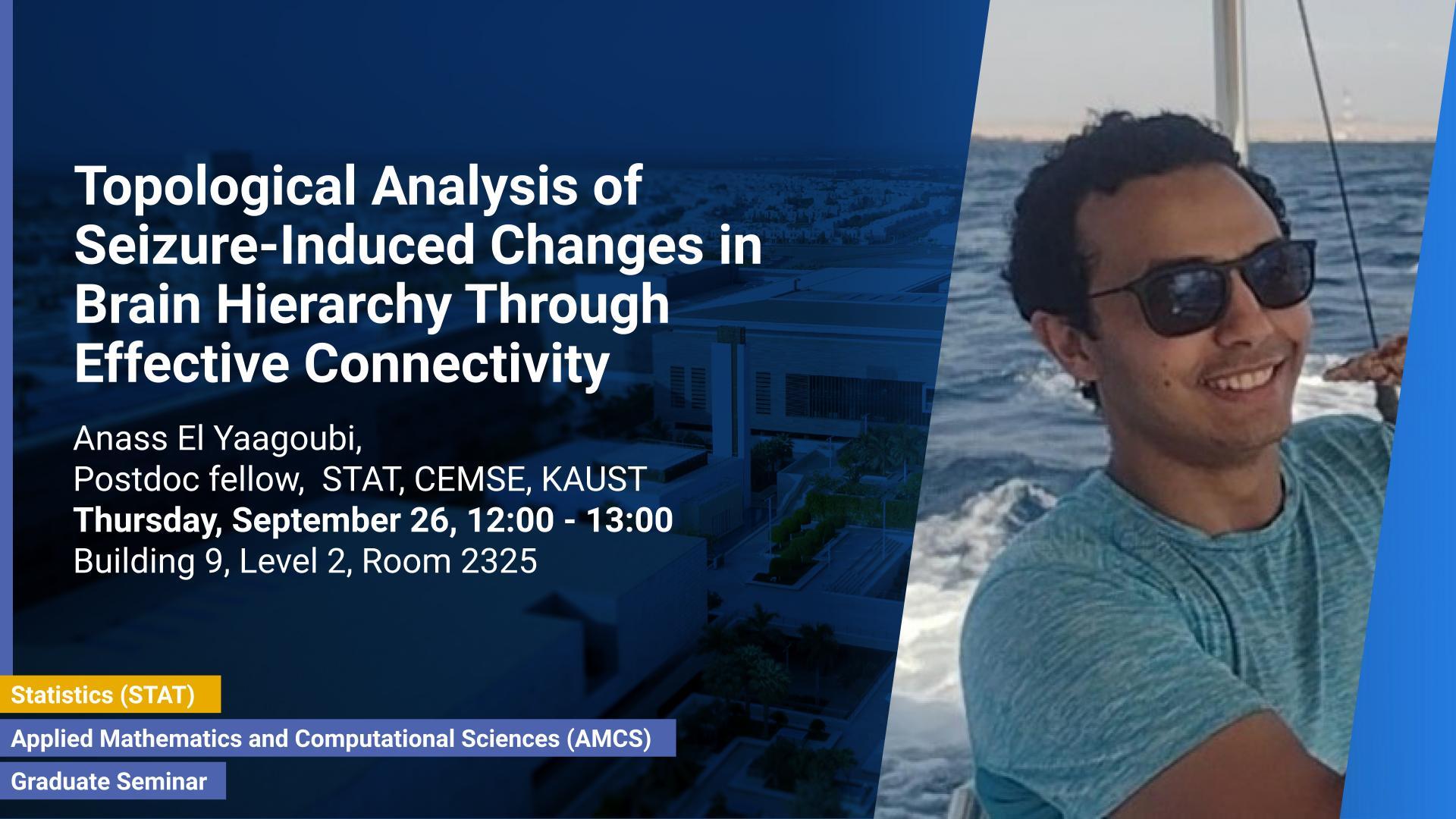Abstract
Traditional Topological Data Analysis (TDA) methods, such as Persistent Homology (PH), rely on distance measures (e.g., cross-correlation, partial correlation, coherence, and partial coherence) that are symmetric by definition. While useful for studying topological patterns in functional brain connectivity, the main limitation of these methods is their inability to capture the directional dynamics - which is crucial for understanding effective brain connectivity. We propose the Causality-Based Topological Ranking (CBTR) method, which integrates Causal Inference (CI) to assess effective brain connectivity with Hodge Decomposition (HD) to rank brain regions based on their mutual influence. Our simulations confirm that the CBTR method accurately and consistently identifies hierarchical structures in multivariate time series data. Moreover, this method effectively identifies brain regions showing the most significant interaction changes with other regions during seizures using electroencephalogram (EEG) data. These results provide novel insights into the brain’s hierarchical organization and illuminate the impact of seizures on its dynamics.
Brief Biography
Dr. El-Yaagoubi is a Data Scientist by training. He holds a M.Eng. from the National Institute of Applied Sciences of Rouen Normandie (France) in Information Systems Architecture as well as a M.Sc. from Normandie University (France) in Data Science and Engineering. In recent years, Dr. El-Yaagoubi has dedicated his expertise to a range of complex inference problems. His work primarily encompasses the development of online estimation techniques for time-varying Vector Autoregressive (tvVAR) models, enhancing the accuracy and efficiency of real-time data analysis. Additionally, Anass has made significant contributions to the field of neuroscience, specifically in the topological analysis of brain networks. This involves applying advanced statistical methods to unravel the intricate connections within the brain. Beyond research, Anass is also actively involved in academia, teaching Artificial Intelligence and Machine Learning at various levels, where he imparts his knowledge and insights to aspiring students and professionals in the field.


